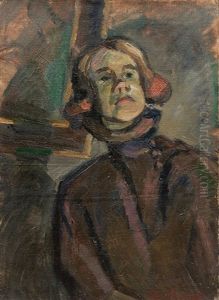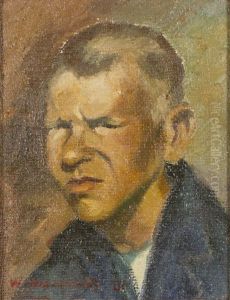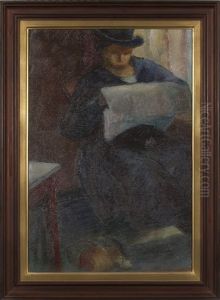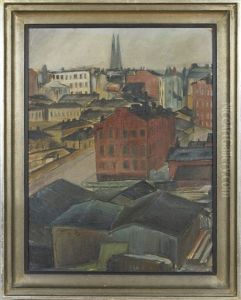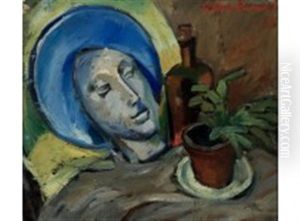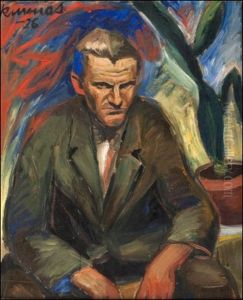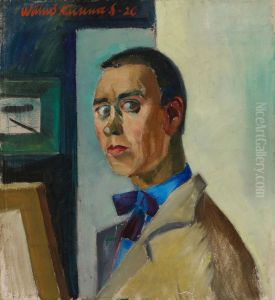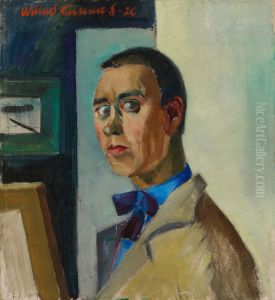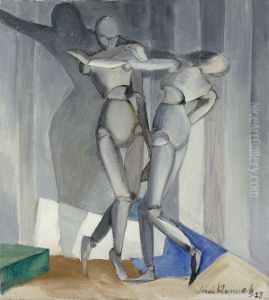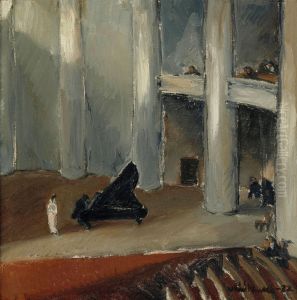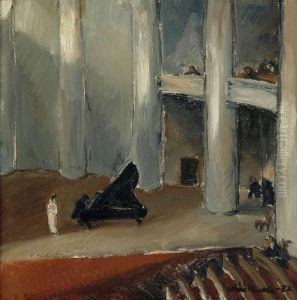Vaino Kunnas Paintings
Väinö Kunnas was a Finnish artist known for his contributions to early 20th-century modernist art in Finland. He was born on September 15, 1896, in Forssa, Finland, and during his brief life, he made a significant impact on Finnish art.
Kunnas began his art education at the Drawing School of the Finnish Art Society in Helsinki, which was the main center for art studies in Finland at the time. He furthered his studies abroad, which was quite common for Finnish artists of the period, seeking new influences and trends. He spent time in Paris, which was then the epicenter of the avant-garde, and also traveled to Italy. These experiences exposed him to various modernist movements, including Cubism and Futurism, which would influence his later work.
In his art, Väinö Kunnas combined elements of these international trends with Finnish themes. His work often featured landscapes, still lifes, and portraits, characterized by a bold use of color and a tendency towards simplification and abstraction. Despite his international influences, Kunnas remained deeply connected to Finnish culture and his native landscape, which can be seen in the subjects he chose to depict.
Kunnas's career was cut tragically short by his untimely death from tuberculosis at the age of 33 on June 30, 1929. Although he died young, his work had a lasting influence on Finnish modernism. He was part of a generation of Finnish artists who were beginning to break away from the national romantic style that had dominated the Finnish art scene in the late 19th and early 20th centuries. Through his art, Kunnas helped to pave the way for subsequent generations of Finnish artists to explore and embrace a variety of modernist styles and approaches.
Väinö Kunnas’s works are now considered an important part of early Finnish modern art history, and they can be found in various art collections in Finland, including those of major museums. Despite the brevity of his career, he left behind a body of work that continues to be appreciated for its innovation and its contribution to the modernist movement in Finland.

